The Hawaiian Islands were formed by the dramatic geological collision of tectonic plates resulting in huge volcanic eruptions and subsequent formation of this rugged rocky landscape. The subsequent erosion by wind and water has allowed nature to work as a sculptor, constantly shaping these islands into spectacular works of art. Those visiting the islands for the first time find the experience simply awe-inspiring and often wonder how islands which look so small on a world map can be so immense. This is a place of extremes with incredibly high mountains, the deepest of valleys and the steepest of cliffs. Nowhere is this more apparent than along the north-west coast of the north-western island of Kauai where a seventeen mile stretch of coastline, the NaPali Coast, has enthralled visitors for many years with its primeval splendour. It has been described as being “Shangri-La” or “Heaven on Earth” but its sheer architectural immensity endows it with a spiritual aura which seems to call for for reverence much more than any cathedral.

The name NaPali literally translates as “The Cliffs” but this must be one of the greatest understatements of all times. The cliffs of NaPali soar up from the shoreline up to a height of up to 4,000 feet and appear to be almost vertical in places. This is one of the greatest natural barriers to be found anywhere on earth. This section of the island’s coastline is virtually inaccessible by land meaning that anyone wishing to visit the cliffs or any of the small coves and pools is best advised to arrive by sea and sightseeing trips are available by boats which operate from Port Allen. Many other visitors rely on kayaks or jet-skis for a really close-up NaPali experience. For many, the only way to truly appreciate this magnificent terrain is from the air and regular chartered helicopter flights are available offering a bird’s eye view of not only the cliffs but also the deep valleys, gorges and cascading waterfalls. The cliffs of Na Pali can be seen from Ke’e Beach but the view is at its most awesome when the approach is made from the sea. The towering walls of rock seem like something from an earlier geological period and would certainly not look out of place as the home of King Kong. This wonderfully wild backdrop has not escaped the attention of the world’s film makers and many Hollywood blockbusters have featured the Na Pali Coast including the aforementioned King Kong, Jurassic Park and South Pacific.

With some of the most beautiful scenery to be found anywhere on earth, it is hardly surprising that the region is a magnet for visitors. Its inaccessibility seems to even add to its appeal as one of the places that must be seen. Unfortunately, in the past, unregulated tourism has had some detrimental affects including litter, damage and disturbing the area’s wildlife but the authorities have responded by setting up several protected areas and enforcing a permit system to control camping and hiking. The 6,175 acre Na Pali Coast State Wilderness Park was established between the Ku’la Natural Area Reserve and the Hono’ Onapali Natural Reserve Area and is the home of the famous Kalalau Trail which is an 11 mile trek along a very challenging route. All walkers now require permits to proceed past the Hanakapiai River and camping is restricted to sites at Kalalau and Hanakoa with a maximum stay of five days. A further camp site, only accessible by sea, is at Miloli’i which has a three day maximum stay. Camping is only permitted between 15th May and 7th September each year.

The main reason that the Napali Coast State Wilderness Park was set up was to protect the Kalalau Valley and its spectacular scenery. The Kalalau Trail affords the only land access to the Na Pali coastal region but despite its relatively short length of eleven miles, this is not a journey to be undertaken lightly. Along its route, it crosses no fewer than five different valleys and the pathway can be treacherous at times being both steep and narrow and sometimes very slippery. Walkers must always be fully prepared for wet weather as this is one of the wettest places on earth with average rainfall of around 100 inches ( 2,500 mm) per annum. However showers tend to be short-lived and are often followed by a beautiful rainbow. It should also be noted that much of the rainfall tends to fall during the night. Most people find the island’s climate to be pleasantly warm with sea breezes preventing any problems of excessive heat or humidity. In central parts of the island however, at higher altitudes, precipitation reaches the levels normally only encountered in tropical rain forests at over 400 inches per annum. On a positive note this does result in some of the largest and most beautiful waterfalls to be found anywhere on earth.

Despite all of the practical problems in actually reaching the Na Pali coast, most visitors feel that it is well worth the effort. At the foot of the cliffs can be found small sandy beaches and sheltered pools with friendly dolphins. Sea turtles are common visitors and the beaches also offer a sanctuary for the protected Hawaiian monk seal. Waves pounding against the rocky shoreline provide plumes of spray and are a constant reminder of the potential dangers of such a wild and remote location. For those not quite ready to undertake the full challenge of the Kalalau Trail, there are shorter slightly less challenging options such as following the trail from Ke’e Beach to the Hanakapi’ai Beach which involves passing through a beautiful lush green valley leading to the secluded beach. It should be noted that in the winter months this beach usually loses its sands only to be returned the following year. This excursion involves a round trip of around four miles but, due to the difficult terrain may take longer than anticipated. For those wishing to venture a little further, travelling a further two miles along the trail leads to one of Na Pali’s many spectacular waterfalls but all hikers travelling past the Hanakapi’ai river must be in possession of a valid permit. Caution should also be exercised during heavy rainfall as the Hanakapi’ai river, which is normally little more than a stream, is subject to flash flooding meaning that hikers are sometimes stranded on one side.

Although the Na Pali Coast is now purely regarded purely as a tourist attraction, this was not always the case and recent archaeological discoveries have revealed that this area has previously been inhabited for hundreds of years. The earliest island inhabitants originated from Polynesia and Tahiti with the influence of western culture not appearing until the arrival of Captain Cook in the late 18th century. The people living in the valleys of Na Pali enjoyed a mainly self sufficient existence of farming and fishing along with some trade which was carried out using twin hulled or outrigger canoes in order to safely navigate the breaking waves near the beaches. These boats have of course been passed down as part of Hawaiian culture. Special permits are required to visit the ancient site of Nu’alolo Kai which is subject to ongoing archaeological works. Access is of course from the sea.
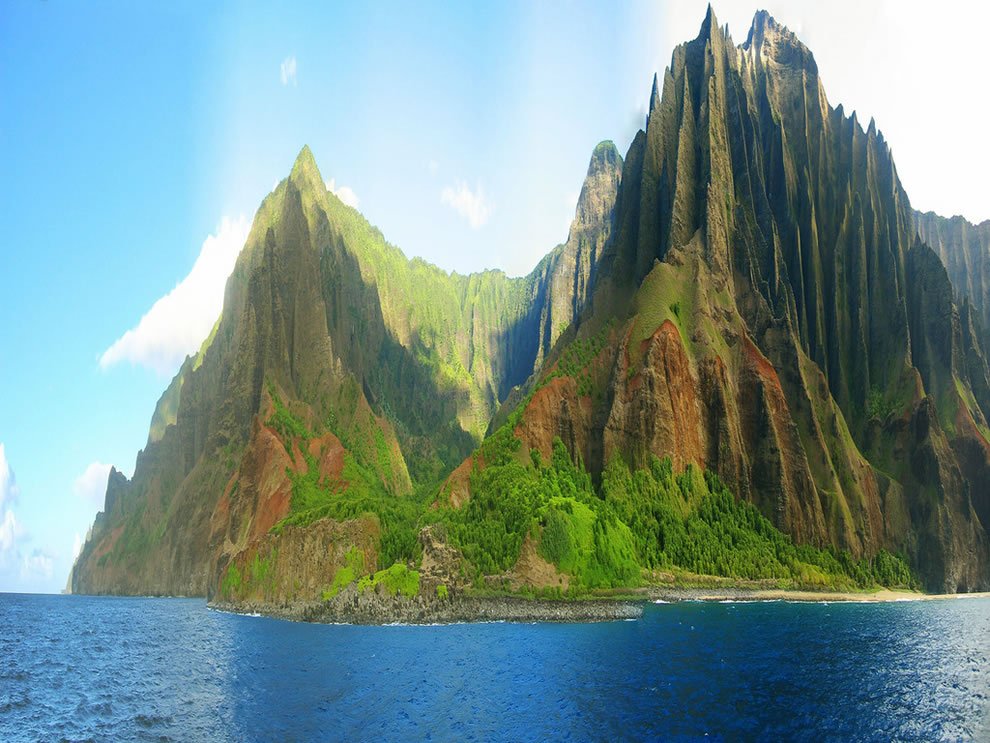
Today, Kauai has a distinct culture and although part of the USA, it offers an interesting mixture of Hawaiian and western characteristics. It must be said that some aspects of island life suffered as a result of the western influx. The original island population would almost certainly been decimated as a result of imported diseases, the arrival of missionaries banned such Hawaiian traditions as Hula and nudity and those living in the Na Pali region soon found that they could lead a much easier life elsewhere on the island with the last residents leaving the area early in the 20th century.
Na Pali remains as one of the world’s most amazing and most beautiful places. Whereas other places may offer impressive buildings or monuments this is nature at its magnificent best. It is a place that appeals not only to the mind but to the senses or even the souls of visitors. Some people even report a feeling of spiritual connection or coming out in goose-bumps in some of its locations. The Na Pali Coast … a truly magical place.


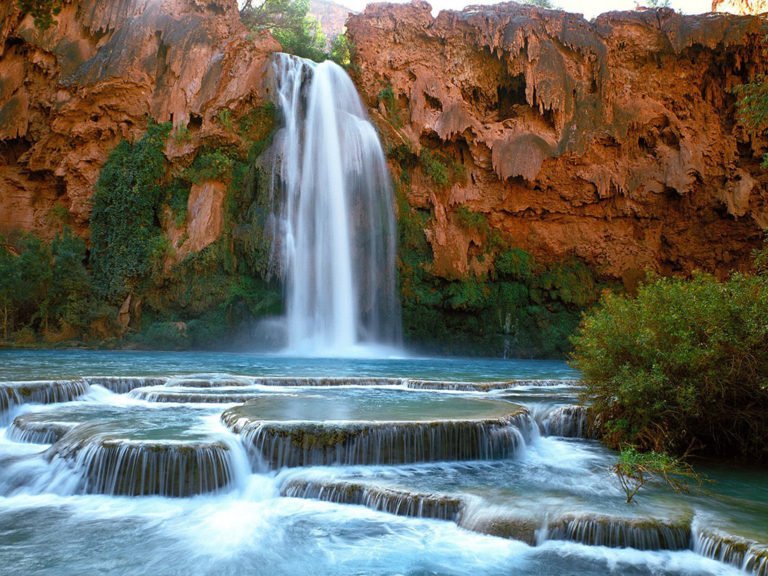

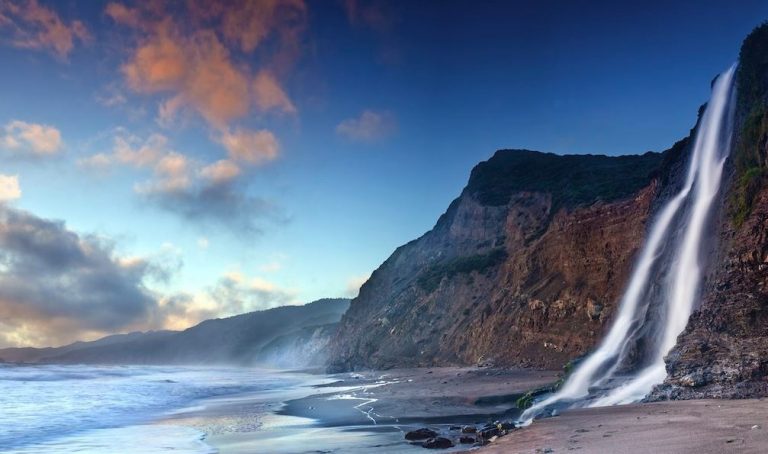
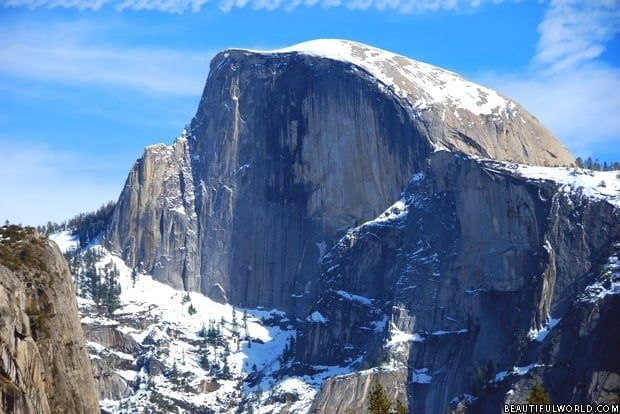
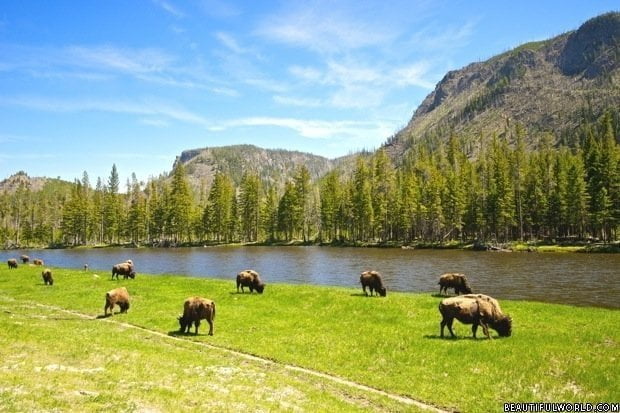
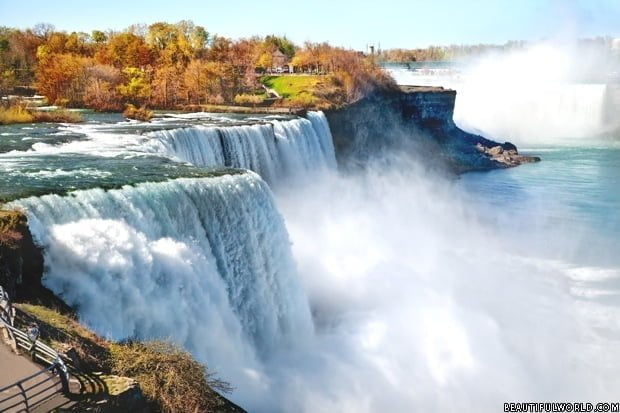
I have been to all areas of Hawaii but this one. I am going to be going this fall with my husband and his parents. I am looking forward to it a lot! I was reading up on it and came across your post. I really loved this read. Many people I have spoken to said that the Na Pali Coast was their favourite place to visit in Hawaii because it felt like home. I think that has a lot to do with the mixed culture.
Beautiful World, thanks a lot for the article post.Much thanks again. Fantastic.
You’re welcome, thanks for the kind comment. We originally spelled it as ‘na pali coast’ before we realised the more common way to write it is ‘napali coast’.
The Napali coast is absolutely beautiful!! I have had the pleasure of seeing it from sea and air and it is breathtaking!! Plus we saw dolphins and whales as well. I hope to get back to the island again in the near future!!
I have seen many amazing buildings and monuments made by the hands of Man, but they all pale in comparison to the best built by the hands of God/Nature.
And, having seen some of the most beautiful natural monuments that Nature can offer, my own eyes would place the Na Pali coast as the best of them. I have hiked to the edge from the top of the cliffs and have taken it by boat…both end in spiritual moments.
The Kauai Cathedrals is where Nature goes to church…
Thank you for the article. I wanted to correct the information on how the islands formed- it is not from plate collisions- they are a hot spot created by escaping magma via a random mantle plume on the Pacific Plate.